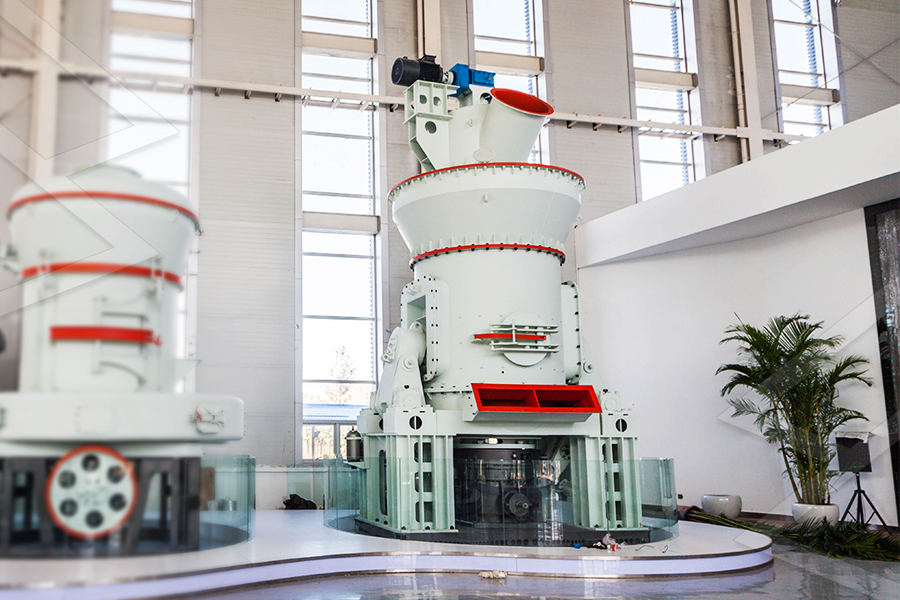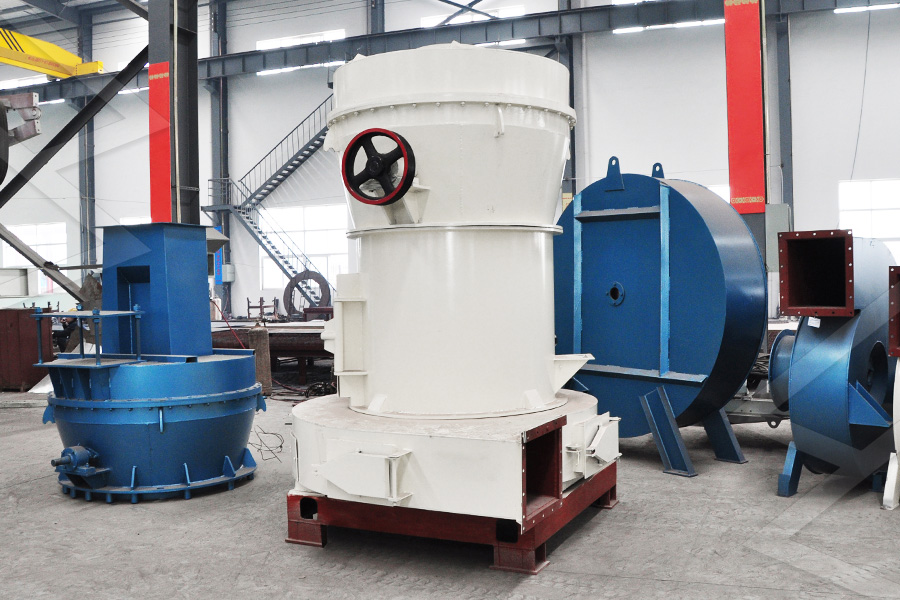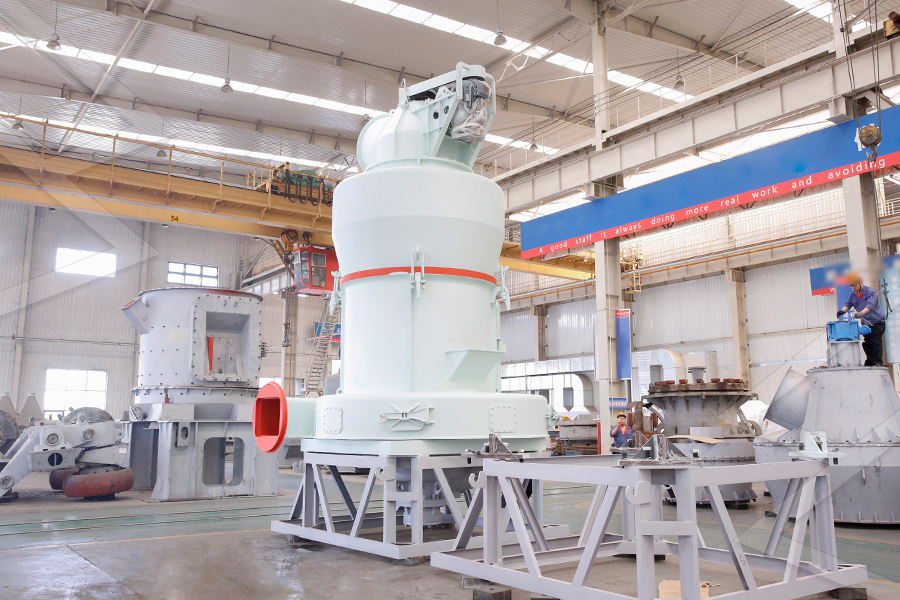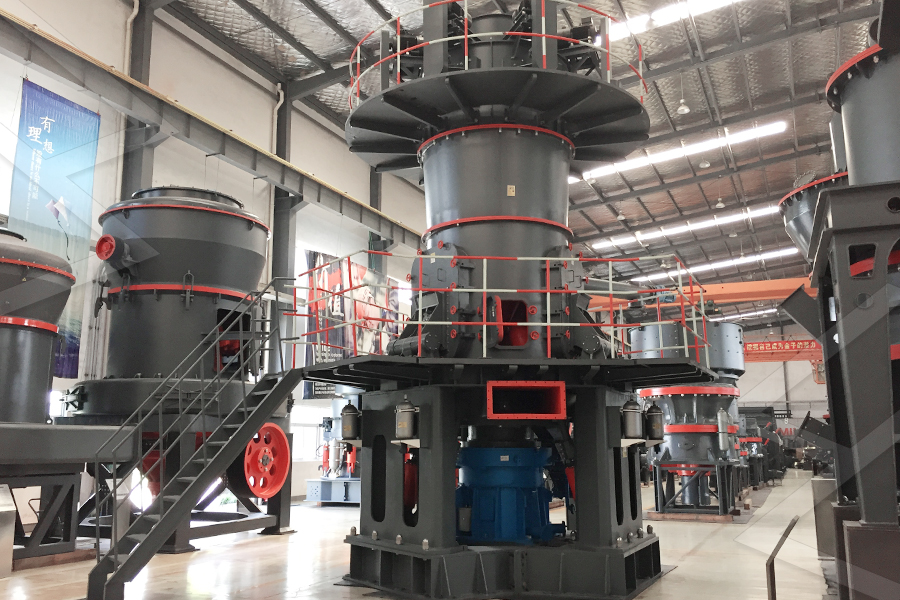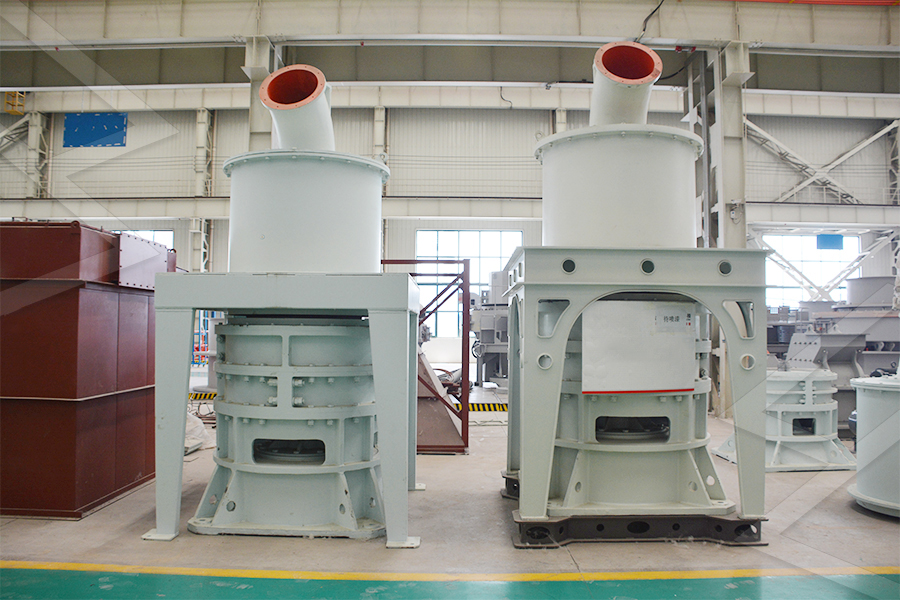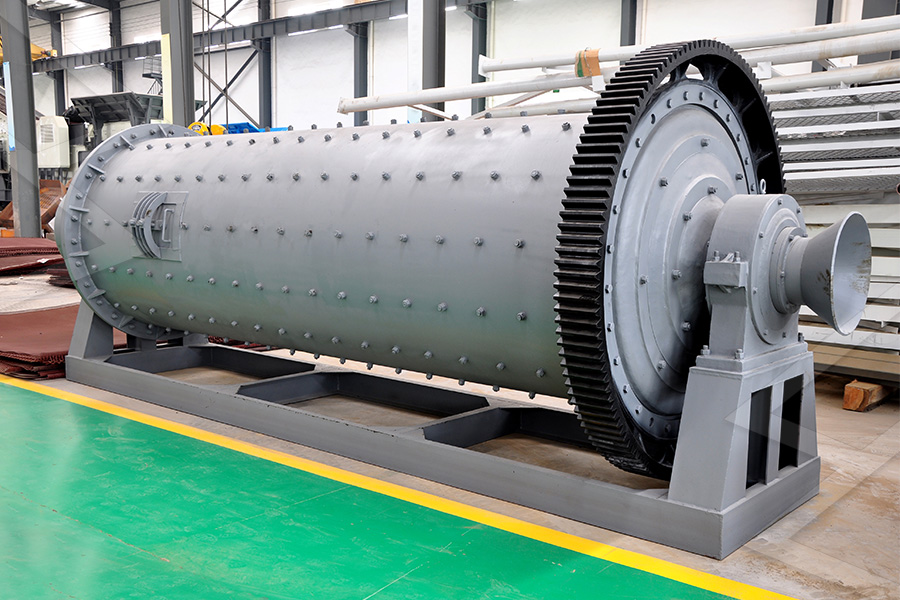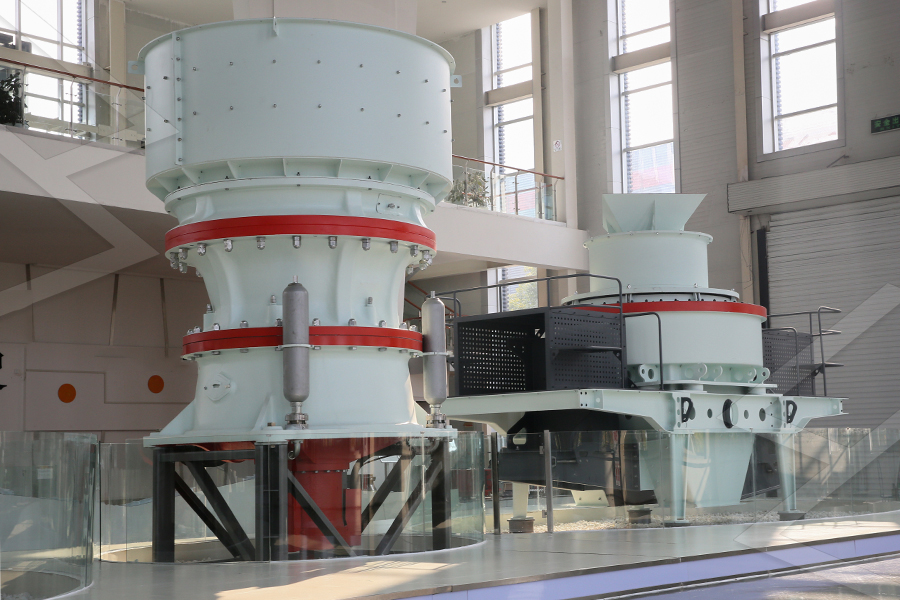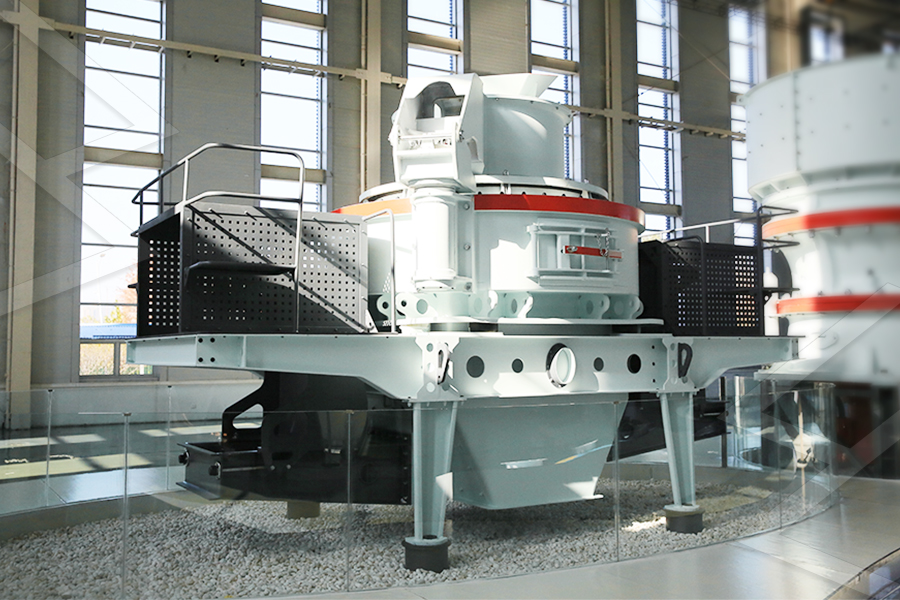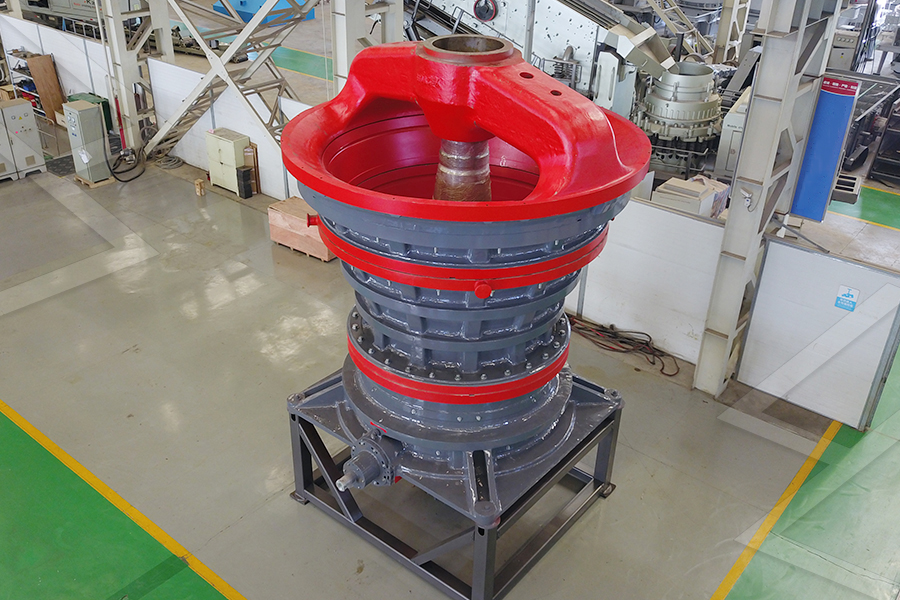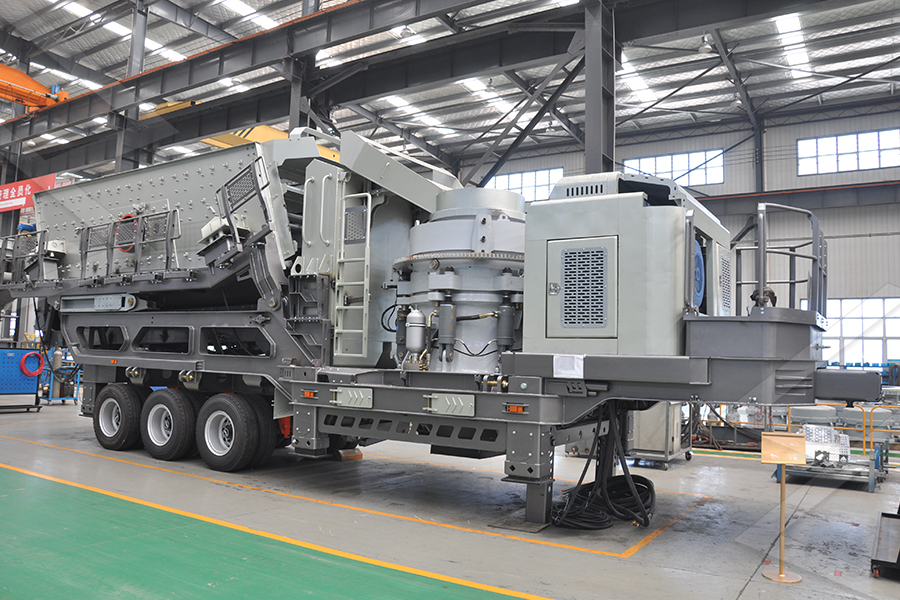A ball mill is a type of grinder that is used to grind and blend materials for use in mineral dressing processes, paints, pyrotechnics, ceramics and selective laser sintering. They work by impact and attrition: size reduction is done by impact as the balls drop from near the top of the shell.
A ball mill consists of a hollow cylindrical shell rotating about its axis. The axis of the shell may be either horizontal or at a small angle to the horizontal. It is partially filled with balls. The grinding media are the balls, which may be made of steel (chrome steel), stainless steel, ceramic or rubber.
There are two main types of ball mills for ceramics industry, batch and continuous. Batch ball mill is mainly used for mixing, homogenizing and grinding a variety of materials, while continuous ball mill is mainly used for grinding materials to a finer particle size.
Batch ball mill has the advantage of lower investment cost and can be used for both dry and wet grinding, but it requires more attention and operator supervision during operation. Continuous ball mill has the advantage of higher capacity and lower energy consumption, but it requires more initial investment.
Both types of ball mills have their own advantages and disadvantages, so choosing the right type of ball mill for your application depends on your specific needs.
The ball mill is the most commonly used piece of equipment in the ceramics industry. Pros: Can be used to create extremely fine powders. The surface area of a ball mill is much greater than that of a similar-sized rod mill, meaning that it can handle higher volumes of material. The ball mill can be used in conjunction with other types of equipment, such as a classifier, to create even finer powders. Cons: The ball mill is a relatively expensive piece of equipment. The noise level generated by a ball mill can be high, making it difficult to work in close proximity to one.
There are many factors to consider when choosing the right ball mill for the ceramics industry. Some of the most important factors include: The size of the ball mill (determined by the size of the batch of ceramic products that need to be processed). The speed of the ball mill (determined by the desired final product particle size). The material of construction (determined by the type of ceramic products being processed). The lining material (determined by the type of media being used in the ball mill).
The ball mill is a key piece of equipment for grinding crushed materials, and it is widely used in production lines for powders such as cement, silicates, refractory material, fertilizer, glass ceramics, etc. as well as for ore dressing of both ferrous and non-ferrous metals. The ball mill can grind various ores and other materials either wet or dry.
